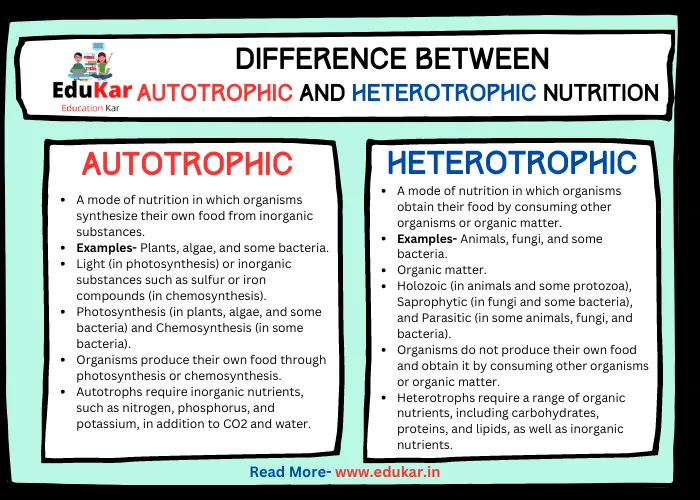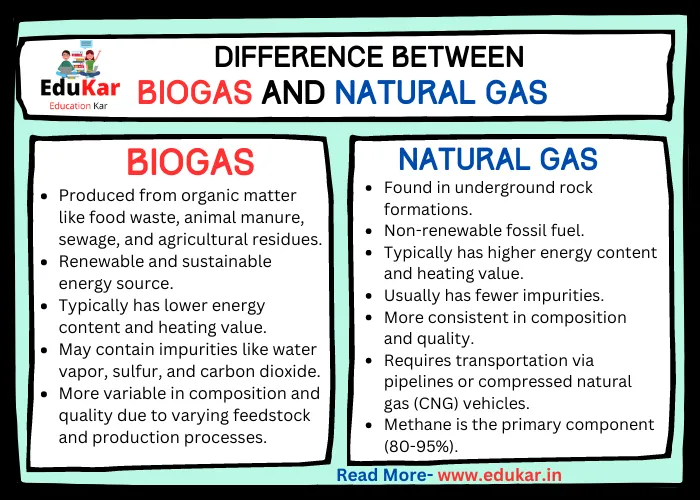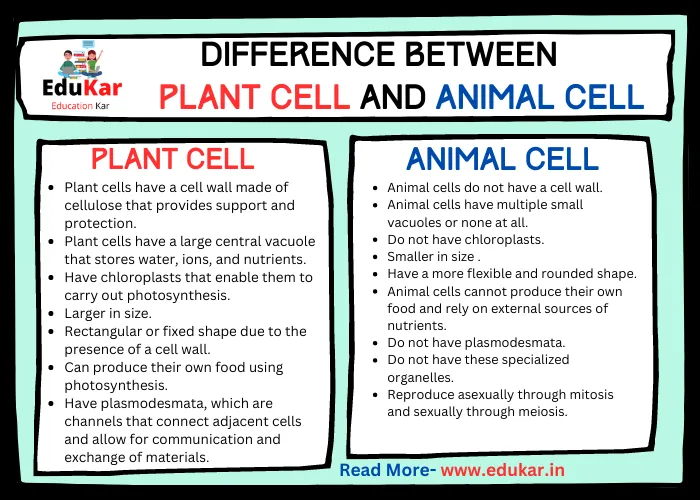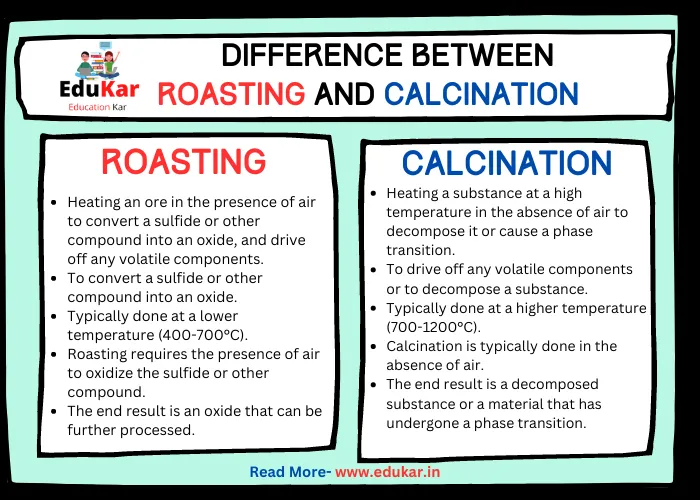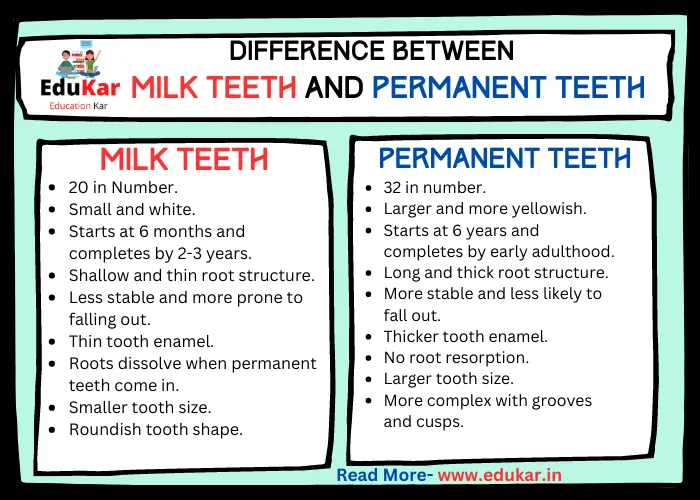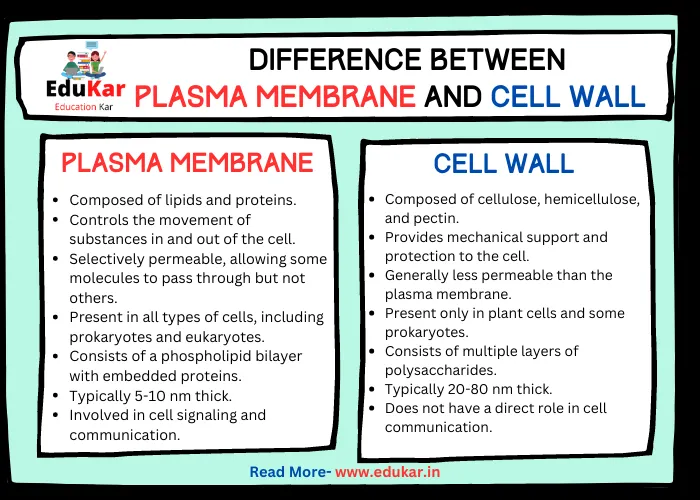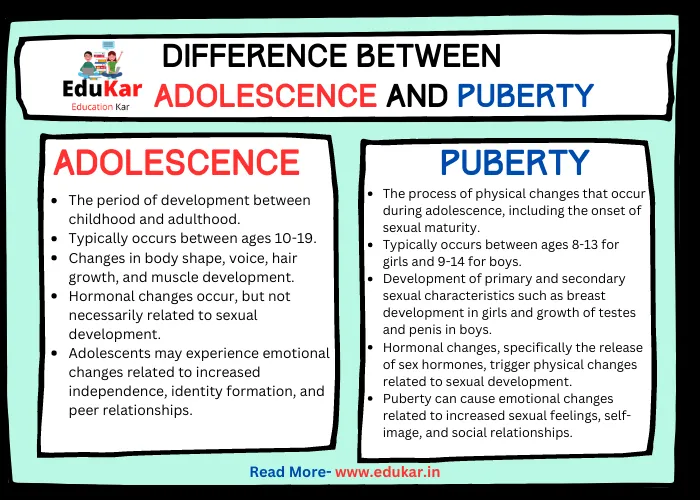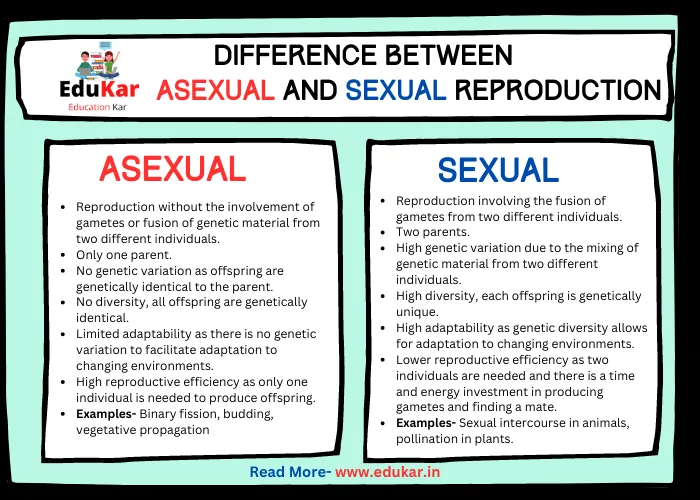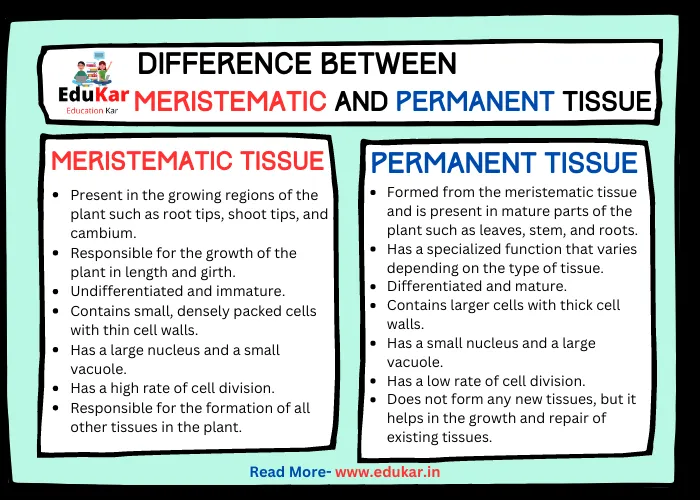Learn about the difference contrast between pure air and polluted air with our comprehensive guide. Discover the various sources of air pollution and their harmful effects on human health and the environment. Gain a deeper understanding of the benefits of breathing clean air and how you can contribute to improving air quality in your community.
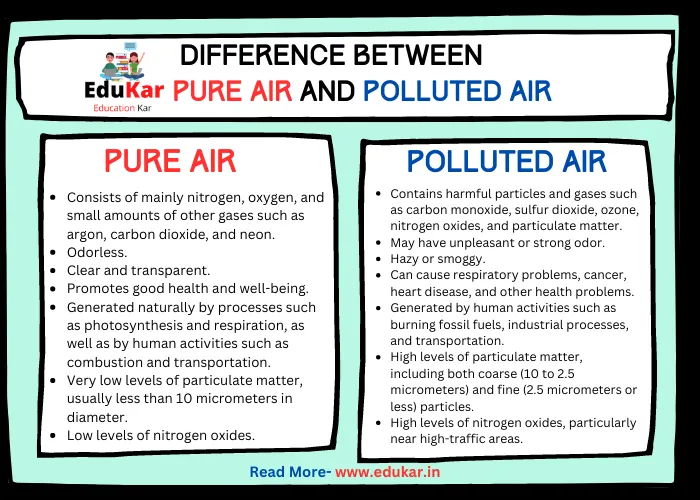
Introduction
The air we breathe is essential to our survival. It provides us with the oxygen we need to live and carries away the waste products of our metabolism. However, not all air is created equal. There is a significant difference between pure air and polluted air.
Pure Air
Definition of pure air: Pure air is composed of oxygen, nitrogen, and other gases in their natural proportions. It is free from harmful substances and pollutants.
Composition of pure air: Pure air is made up of approximately 78% nitrogen, 21% oxygen, and 1% other gases, such as argon, carbon dioxide, and neon.
Benefits of breathing pure air: Breathing pure air can have numerous benefits, including improved lung function, increased energy levels, and improved cognitive function.
Examples of places with pure air: Places with pure air include high-altitude locations such as mountainous regions, remote areas far from industrial activity, and unpolluted coastal areas.
Polluted Air
Definition of polluted air: Polluted air contains harmful substances and particles that can have adverse effects on human health and the environment.
Composition of polluted air: Polluted air is composed of a range of harmful substances and particles, including carbon monoxide, sulfur dioxide, nitrogen oxides, particulate matter, and ozone.
Harmful effects of breathing polluted air: Breathing polluted air can cause a range of health problems, including respiratory diseases, heart disease, and cancer. It can also have adverse effects on the environment, including climate change and damage to ecosystems.
Examples of sources of polluted air: Sources of polluted air include industrial activity, transportation, burning fossil fuels, and natural phenomena such as wildfires and volcanic eruptions.
| Pure Air | Polluted Air | |
|---|---|---|
| Composition | Consists of mainly nitrogen, oxygen, and small amounts of other gases such as argon, carbon dioxide, and neon | Contains harmful particles and gases such as carbon monoxide, sulfur dioxide, ozone, nitrogen oxides, and particulate matter |
| Odor | Odorless | May have unpleasant or strong odor |
| Visibility | Clear and transparent | Hazy or smoggy |
| Health Effects | Promotes good health and well-being | Can cause respiratory problems, cancer, heart disease, and other health problems |
| Sources | Generated naturally by processes such as photosynthesis and respiration, as well as by human activities such as combustion and transportation | Generated by human activities such as burning fossil fuels, industrial processes, and transportation |
| Particulate Matter | Very low levels of particulate matter, usually less than 10 micrometers in diameter | High levels of particulate matter, including both coarse (10 to 2.5 micrometers) and fine (2.5 micrometers or less) particles |
| Nitrogen Oxides | Low levels of nitrogen oxides | High levels of nitrogen oxides, particularly near high-traffic areas |
| Ozone | Generally low levels of ozone in the lower atmosphere | High levels of ozone in the lower atmosphere, particularly in urban areas |
| Carbon Monoxide | Low levels of carbon monoxide | High levels of carbon monoxide, particularly near high-traffic areas |
| Sulfur Dioxide | Low levels of sulfur dioxide | High levels of sulfur dioxide, particularly near industrial areas |
| Impact on Climate | Helps regulate the Earth’s climate by absorbing and releasing gases | Can contribute to climate change by releasing greenhouse gases |
| Monitoring | Monitored using air quality sensors and monitoring stations | Monitored using air quality sensors and monitoring stations, as well as satellite imagery |
| Control Measures | Controlled through measures such as reducing emissions, promoting clean energy, and encouraging sustainable transportation | Controlled through measures such as reducing emissions, promoting clean energy, and encouraging sustainable transportation, as well as implementing regulations and standards |
| Environmental Impact | Low impact on the environment | Can harm plants, animals, and ecosystems |
| Economic Impact | Supports industries such as tourism and outdoor recreation | Can have a negative impact on the economy, particularly for industries that rely on clean air, such as agriculture and outdoor recreation |
Coclusion
It is essential to understand the difference between pure air and polluted air. Pure air is composed of oxygen, nitrogen, and other gases in their natural proportions and is free from harmful substances and pollutants. In contrast, polluted air contains harmful substances and particles such as carbon monoxide, sulfur dioxide, nitrogen oxides, particulate matter, and ozone, which can have significant health implications.
FAQs
What is pure air?
Pure air refers to air that is free from contaminants and pollutants. It is composed of oxygen, nitrogen, and other gases in their natural proportions.
What is polluted air?
Polluted air refers to air that contains harmful substances and particles, which can have adverse effects on human health and the environment.
What are the health effects of breathing polluted air?
Breathing polluted air can cause a range of health problems, including respiratory diseases, heart disease, and cancer.
What are the benefits of breathing pure air?
Breathing pure air can have numerous benefits, including improved lung function, increased energy levels, and improved cognitive function.
What are the sources of polluted air?
Sources of polluted air include industrial activity, transportation, burning fossil fuels, and natural phenomena such as wildfires and volcanic eruptions.
How can we reduce pollution and promote pure air?
We can reduce pollution and promote pure air by reducing our carbon footprint, such as reducing our use of fossil fuels, supporting clean energy alternatives, and practicing sustainable habits. As individuals, we can make conscious choices that reduce our carbon footprint, such as reducing our use of single-use plastics, supporting clean energy alternatives, and using public transportation.



